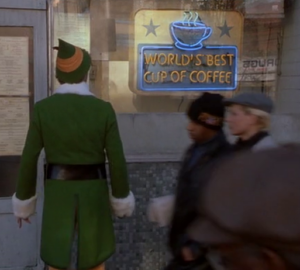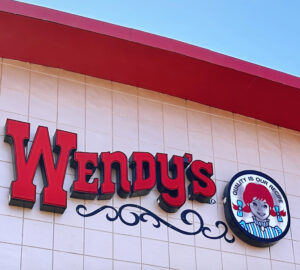Does coffee grow in the United States of America?
Yes! Coffee is cultivated in limited areas of the United States and its territories, like California, Hawaii, and Puerto Rico.
Where are the most productive coffee-growing regions in the US?
Though most of the US lies outside of the Coffee Belt, Puerto Rico was once a high-volume producer of coffee, and Hawaii too has made a name for itself in coffee production—namely with its world-famous Kona coffee. California is a newcomer to the game, and is currently not producing enough mainland-grown coffee to be affordable for most.
In Hawaii, coffee has been grown since the early 1800s, when coffee from Brazil was imported and cultivated. Today, the state has nearly 7,000 acres of land dedicated to coffee farms. The majority of Hawaiian coffee is grown on the Big Island, Hawaii, but coffee is also farmed on Kauai, Maui, Molokai, and Oahu (where it was first planted). The designation “Kona” coffee is legally only allowed to be applied to coffees grown in the Kona region of the Big Island, but it is common for companies to blend a small portion of Kona with lower-priced and often lower-quality coffees, typically sourced from other countries and market them as “Kona Blend” or “Kona Style” coffee. Besides tourist fare, some Hawaiian farms do produce high quality coffees that fall along the specialty spectrum, and there’s hope that we’ll see more of these in years to come.
In Puerto Rico, coffee production has been on the decline in recent years, owing to a number of factors including destructive hurricanes. The territory remains a large producer by US standards, with the majority of Puerto Rican coffee grown in the Grand Lares and Yauco Selecto regions. Organizations like TechnoServe and others are working on the ground with Puerto Rican farmers to help revitalize the Puerto Rican coffee industry, and the island is home to a thriving cafe culture.
California coffee is still considered experimental, with one company—Frinj, the passion project of singer-songwriter Jason Mraz—dominating the game thus far. Frinj works as a sort of umbrella organization of dozens of small California coffee farms, mostly in the San Diego area.
What does coffee grown in the US taste like?
As noted, Kona coffee has a wide range of “interpretations” by marketers seeking to capitalize on the Kona name. Pure, 100% Kona is said to have terroir profiles resulting in smooth, lightly nutty, and fruity notes. (As with any coffee, roast style will affect this outcome, and a terroir-based flavor generalization is a broad one at best.) By rather extreme comparison, a coffee from Frinj farmed in Santa Barbara, California, boasts notes of “cookie dough, black Twizzlers, and tapioca.” Dang!
Why isn’t it possible to grow more coffee in the US?
Important question, and the answer is one that will change over time. A number of factors play into this answer, but the biggest two issues are climate and labor. Climate-wise, most of the United States doesn’t offer favorable growing conditions for coffee (for Arabica plants, these factors include mild temperatures with high humidity, rich soil, rainy and dry seasons, and altitude—the plants usually prefer a more mountainous terrain.) All of that said, as climate change continues to raise temperatures across the globe, the “coffee belt”—a swath of land along Tropics that’s most hospitable to growing coffee—is growing. Currently, agronomists in Florida are experimenting with coffee cultivation there, and we are likely to see more farming shifts like this across the world as our planet and its growing regions change over time.
The second issue is labor costs: labor is cheap in most of the countries well-known for producing coffee, which is why purchasing coffee from a supply chain that ensures fair pay for workers should be an important part of your buying decisions. In the United States, where minimum wage is comparatively high, and the labor pool is comparatively lower for this type of work, it’s very expensive to operate a coffee farm affordably in the US. This is the reason Kona coffees are often bulked with cheaper coffees, for instance, and also one reason Jason Mraz charges $50USD for a 5oz bag.
Liz Clayton is the associate editor at Sprudge Media Network. Read more Liz Clayton on Sprudge.































